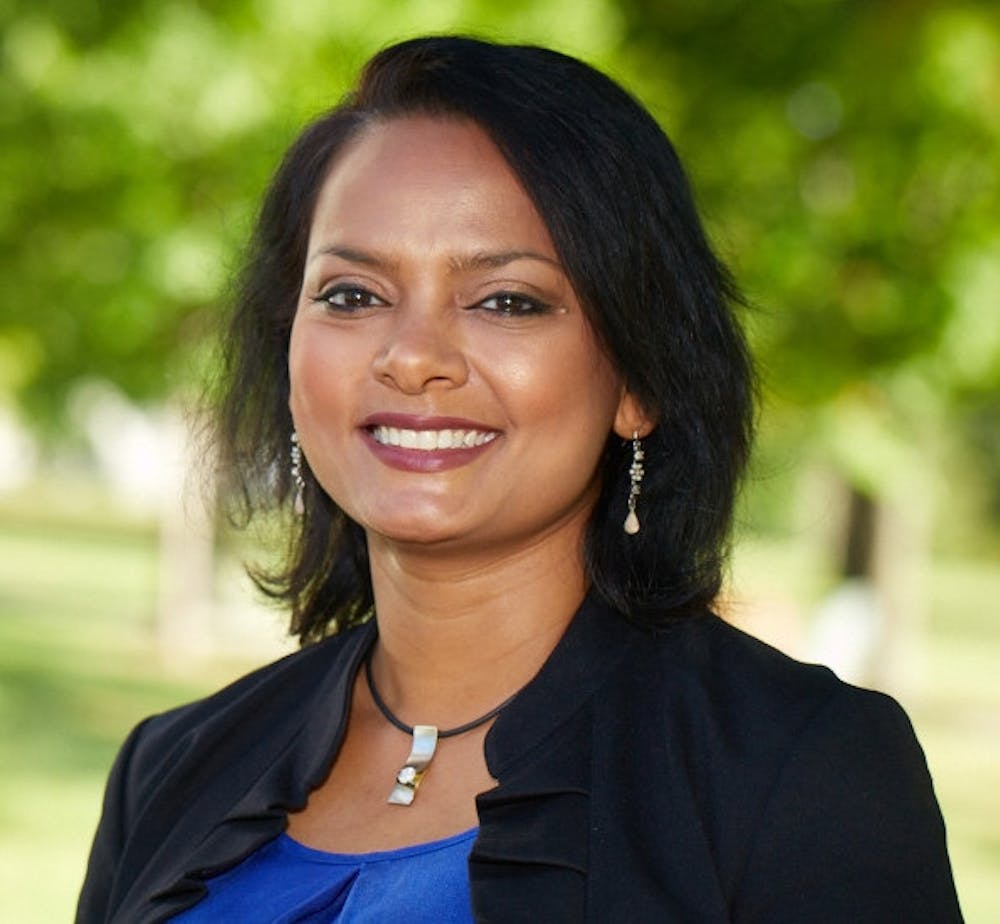More than forty students, faculty and staff members participated in the first restorative practices training during the first three days of December break. Of the 46 attendees, six were students.
The college intends to launch the pilot restorative practices framework in the fall of 2018.
“Right now we are really working on creating a timeline to share it with the community,” said dean of students Baishakhi Taylor. In addition to creating a timeline, the college needs to recruit more community members and train more people. However, another training is not yet scheduled.
“It takes time, and it’s not a process that should be rushed, because it’s about changing the culture,” said dean of faculty Andrea Lloyd. “We’re pretty early in.”
“In the light of the Charles Murray event, we also realize that there is definitely a need and a desire from our students and other community members that we explore this,” said Taylor.
Although related to restorative justice, restorative practices exist alongside regular disciplinary processes, not in place of them. They are also voluntary. “Restorative practices is a tool for building community and restoring harm if there’s been a harm done in a community,” said Lloyd.
Ami Fürgang ’20, one of the students in attendance, expressed discontent with the nature of restorative practices. “I want to completely replace punitive measures with restorative practices, whether pre-active or reactive, and a big takeaway was that this is not replacing the judicial system,” said Fürgang. “Of course it’s a hard goal to reach, but I believe there is always an alternative to punitive measures.”
“I’m less hopeful than I was originally that this will radically change how we deal with conflict on campus, I think it can change things on a much less serious end of things,” he added.
Emma Lodge ’19.5 spoke to the usefulness of restorative practices. “A lot of the concepts within restorative practices are versatile, and I can see ways I think they apply to my own interpersonal relationships as well as more formal settings,” said Lodge. “I think there are also some more direct ways it could be used, but I don’t think I feel clear enough about specifics to necessarily say how.”
The training was led by two leaders from the International Institute for Restorative Practices, which issues various levels of certification in restorative practices, including a graduate degree. The attendees of the December training are now certified to lead restorative circles, the “central tool in restorative practices,” according to Lloyd.
The attendees of the training came from a variety of positions across campus. “There were some people who were tapped to participate because their work will likely intersect with restorative practices, but we also wanted to get people who were generally just interested in restorative practices so we could build some capacity around being able to facilitate these circles,” said Lloyd.
Restorative practices on campus will likely begin in residential life, and all commons deans and four Commons Residential Directors (CRDs) attended the training. “The genesis was in residential life, that it would be a primary tool for community building in student life, and so I think we’re looking first in terms of rollout,” said Lloyd.
However, Lloyd expressed optimism about the potential for restorative practices at the college beyond residential life. “We had people in the room that were off in different parts of the college, were members of different constituencies, who don’t normally sit down together in that kind of direct, vulnerable way. To have three days of it, I felt like it was transformative to just be part of the training, I can only imagine what would happen if we rolled this out on the campus as a whole.”
Both Taylor and Lloyd stressed the importance of time in creating a restorative practices framework. “We also just need to be a little bit patient with each other, but it has tremendous potential and I’m really excited about doing the work and getting it done.”




